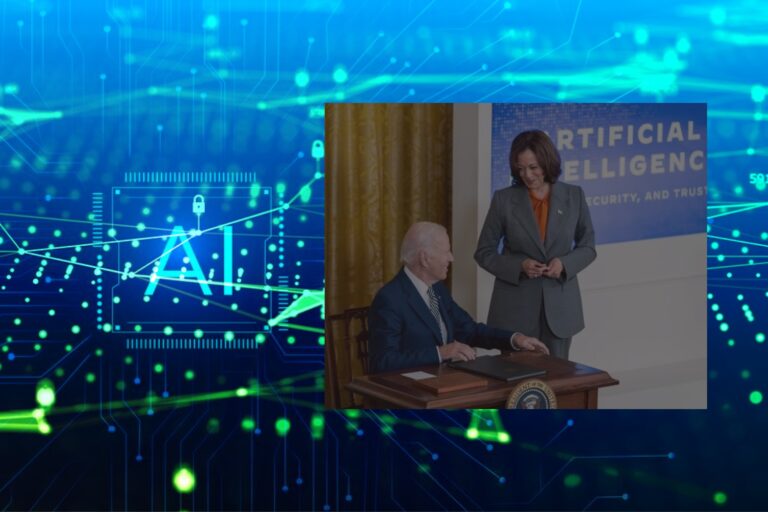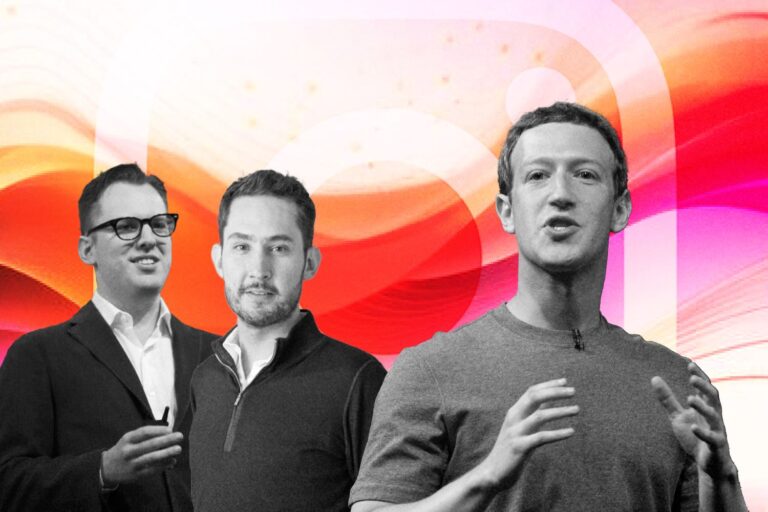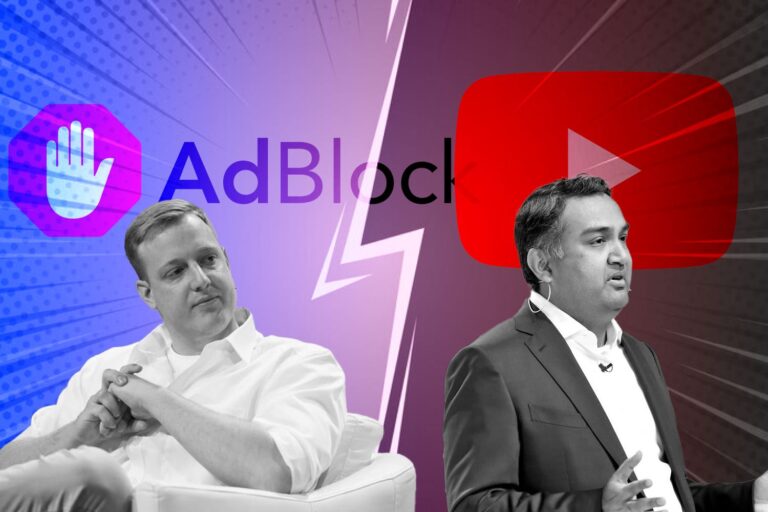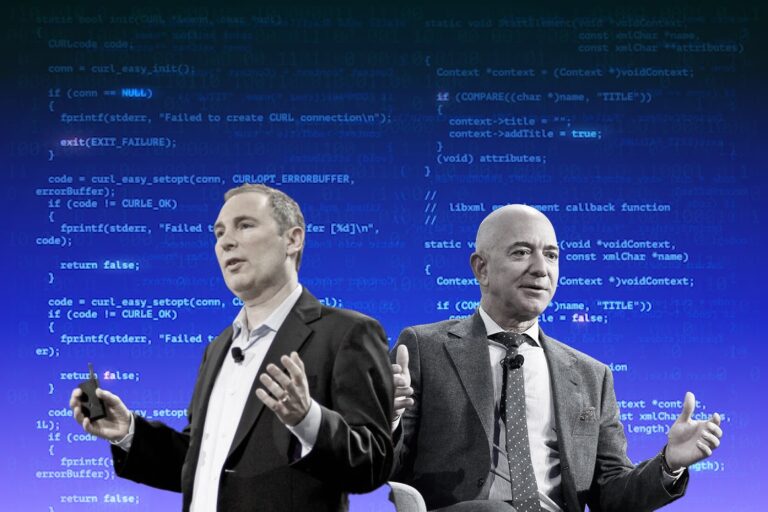Comcast & Its Never-Ending Saga of Empty Promises
Ironically but obviously, cable corporations are among the most loathed industries in the country, consistently ranking lower than airlines, banks, and pharmaceutical companies in public opinion polls.
They bury such hidden fees in your account and force you to pay for channels you don’t want. They’ll give you an absurd range of timeframes for when they’ll arrive, just to be “fifteen minutes late.”
And the company that’s at the center of the fire, at least in recent years, is Comcast. Anyone who has used Comcast or XFINITY may certainly relate. The interruptions are particularly severe for people who have bundled packages that include cable, Internet, and phone. The ludicrous approach of only crediting outages after inconvenienced customers call back twice is from the dark ages.
Those are some possible reasons for the hatred but before digging into the layers of, let’s look at their upside over the years.
The Forefront of Cable Internet for Years
Comcast began as a modest cable system in Tupelo, Mississippi, in 1963, by Ralph J. Roberts, Daniel Aaron, and Julian A. Brodsky. The corporation relocated to Philadelphia in 1969 and was renamed Comcast Corporation.
Strategic investments in competitor cable systems, such as Group W Cable in 1986 and Storer Communications in 1988, propelled its initial expansion. E.W. Scripps was bought in 1995, and Jones Intercable was acquired in 1999. Comcast paid $44.5 billion for AT&T Broadband, the largest cable television operator in the United States at the time.
Comcast expanded into entertainment and program content development in addition to acquiring cable television systems. The company launched a regional sports cable channel called Comcast Sportsnet in 1996, which was eventually amalgamated with Home Team Sports and renamed Comcast Regional Sports Television in 2001.
The behemoth acquired control of E! Entertainment in 1997 and the Golf Channel in 2001. In April 2005, Comcast acquired Metro-Goldwyn-Mayer, Inc. in collaboration with Sony Pictures Entertainment.
Four years later, Comcast announced an agreement to buy 51 percent of NBCUniversal from General Electric Co. (GE); the transaction was completed in January 2011. Comcast bought the rest of GE’s stock two years later.
Today, Comcast Corporation is a multinational media and technology conglomerate that operates two core businesses: Comcast Cable and NBCUniversal. Under the XFINITY name, Comcast Cable is one of the nation’s major television, high-speed internet, and phone providers to residential users, and it also offers similar services to businesses.
Customers can subscribe to Comcast’s digital cable television service, which includes hundreds of channels, on-demand alternatives, high-definition content, and a digital video recorder (DVR) service. Comcast’s residential broadband service provides high-speed Internet access.
Comcast has risen from its humble beginnings as a single-system cable operator in Tupelo, Mississippi in 1963 to become a global leader in media, entertainment, and technology, driven by an entrepreneurial spirit to link people to the moments that matter.
So, what happened to the corporation that won all of the accolades and medals and then became one of the most despised businesses in history? Let’s break it down because it’s a long story.
Identity Crisis with the Fires of Criticism

The Consumerist was a website that held a tournament-style voting competition to find America’s worst company. Comcast “won the championship” in 2010, and then recaptured it in 2014.
In fact, their animosity level reached an all-time high in 2014, owing in part to their planned acquisition of Time Warner Cable.
People despise Comcast for a variety of reasons, notably long wait times and unhelpful service, inflexible bundles filled with channels you pay for but don’t watch, and a confusing and ever-increasing array of fees slapped onto bills, but the largest, overarching complaint is pricing. Customers believe that not only is the service too expensive, but that the pricing mechanism is ridiculous and unfair.
After all, this is a pricing system that punishes loyal, uncomplaining customers with bills that begin low and gradually increase—unless you complain and threaten to discontinue service. In other words, pay TV providers “thank” their best and most loyal clients by providing them with the harshest terms available.
When we talk about Comcast, we can’t leave the customers poor service outside of the argument. That is difficult to quantify, but there are several incidents of Comcast mistreating customers.
Ryan Block’s was probably the most well-known. This one was so awful that it made national news. He called Comcast and requested that his service be terminated. The operator simply refused to let him cancel his service. He insisted on giving grounds for the cancellation.
There is a clip of the second half of the chat, and it is incredibly frustrating to listen to since the agent is absolutely crazy the entire time, but Ryan the caller remains calm and cool.
He said, “this phone call is a really, actually amazing representative example of why I don’t want to stay with Comcast.”
Frank Eliason, a former Comcast digital care executive, once commented on LinkedIn about how “disappointed” he was in the organization he had “had the privilege of working for.”
“Over the years Comcast has provided some of the greatest customer service blunders the Internet has ever seen,” he wrote. The unconscionable mistreatment of paying customers by Comcast reached a new low recently when the company apologized after it was revealed that one of its agents changed the billing name of a subscriber to “A**hole Brown.”
“Incidents like these most often happen because of a culture within the company,” Eliason noted. Even when they are not violated or called names, “customers are tired of being treated poorly.” He went on to offer five key steps Comcast must take “to come a little closer to winning over the public.”
Comcast did acknowledge how bad the service had become and devised a strategy to change things. It entailed adding 5500 customer service representatives, building new customer support centers, modifying a few policies, and being more upfront about pricing.
It seems to have helped things a bit, but there are many promises left empty by the cable company.
False Promises that Never Come True
Let’s bring back the acquisition with Time Warner Cable.
The cable behemoth has made numerous claims about how its merger with Time Warner Cable will help customers. Unfortunately, it has not always kept its promises to regulators and the public. Given its past record, it’s difficult to imagine Comcast would provide all of the benefits it promises if the merger were approved.

“It’s a concern whenever two poor-performing service providers combine operations,” says the Director of the American Consumer Satisfaction Index. “It’s difficult to understand how combining two negatives can benefit consumers.”
Comcast asserts that it is “laser-focused” on improving customer service and that the merger will bring this “laser focus” to Time Warner Cable customers. But, based on past experience, this is the more likely option.
Comcast said that the deal will help it “bridge the digital divide” by increasing service to low-income and rural locations. When Comcast was trying to get its merger with NBC/Universal approved in 2011, it made the same promise, establishing a program dubbed “Internet Essentials.”
What Comcast has delivered has fallen short of the picture it painted then. It had enrolled only 12% of eligible families as of May 2014. The speeds were too poor for anything more than a simple Internet search, and they were nowhere near the minimal standard of Federal Communications Commission (FCC).
Additionally, the company was failing to promote reasonably priced stand-alone broadband. Comcast has attempted to reassure the public and regulators that any worries about this concentration of power were resolved when the FCC approved its acquisition in 2011.
The FCC compelled Comcast to follow a number of conditions at the time in order to safeguard the public from the very real consequences that could emerge from the merger of the two firms. However, as the instances below show, Comcast has not always kept its promises.
This raises the question of whether the firm can be trusted to do the right thing for consumers if its merger with Time Warner Cable is authorized, giving it even more market power.
The FCC obliged Comcast to actively market and provide competitively priced stand-alone broadband service to consumers as part of the Comcast-NBCUniversal agreement. The fear was that Comcast would only offer broadband as part of a bundle, requiring customers to purchase pricey television packages in order to access broadband service.
The FCC eventually discovered, however, that Comcast had failed to market its “Performance Starter” broadband package as promised.
After a year-long inquiry, the FCC struck a $800,000 settlement with the corporation for failing to advertise the service in customer mailings, feature it prominently on its website, or offer it in retail outlets, as required for three years.
The FCC ordered Comcast to extend its pledge to provide stand-alone broadband service at a certain pricing point for another year.
When it comes to domination in the market, the company has been playing it harshly.
Comcast has guaranteed regulators and the public that it will not act in a way that is detrimental to competitive internet video distributors. It has, however, a history of discriminating against online video businesses that have posed a challenge to Comcast’s traditional subscription model.
Consumers have long had the ability to stream content via Internet-enabled gadgets and video gaming consoles. These gadgets are Internet-connected and allow users to download apps for online video providers.
For example, Comcast has its own Xfinity app that delivers video over the Internet. It has previously used data limitations to favor its own app over the apps of other companies.
In the past, Comcast experimented with imposing data limitations on its residential video subscribers, and clients who exceeded these caps were penalized by either being kicked from the network or being charged extra for exceeding their monthly limit.
Simultaneously, it has exempted its own services from these caps. Data limitations that apply only to Comcast-competing video providers were blatantly discriminatory. This is exactly the kind of activity that authorities were concerned about during the Comcast-NBC merger dispute.
Comcast continues to waiver when it comes to data caps, suspending caps in some markets while testing tiered approaches in other markets.
In certain cases, Comcast has imposed these limitations on rival services such as Netflix or Amazon while exempting its own streaming services. With more consumers cutting the cord and turning to broadband for video content, a larger, more powerful Comcast will have a strong motive to impose data limitations to favor its own content.
That’s what happened in the past few years. Comcast has done some to improve things. The big concern is “Do they really change?”
Stubborn Behemoth Keeps Upsetting Customers
Low-income people can get free Internet connection through Comcast and a government program, but signing up can be more difficult than it should be due to miscommunication inside Comcast’s customer support department.
Tonia Williams of Massachusetts qualified for the US government’s Affordable Connectivity Program (ACP), which provides $30 monthly discounts, as well as Comcast’s Internet Essentials Plus, a $30 monthly service for low-income people that is essentially free when combined with the ACP discount, in December 2022.
However, when she attempted to combine the ACP discount with Comcast’s low-income plan, Comcast mistakenly informed her that she was ineligible since she was already a Comcast client.
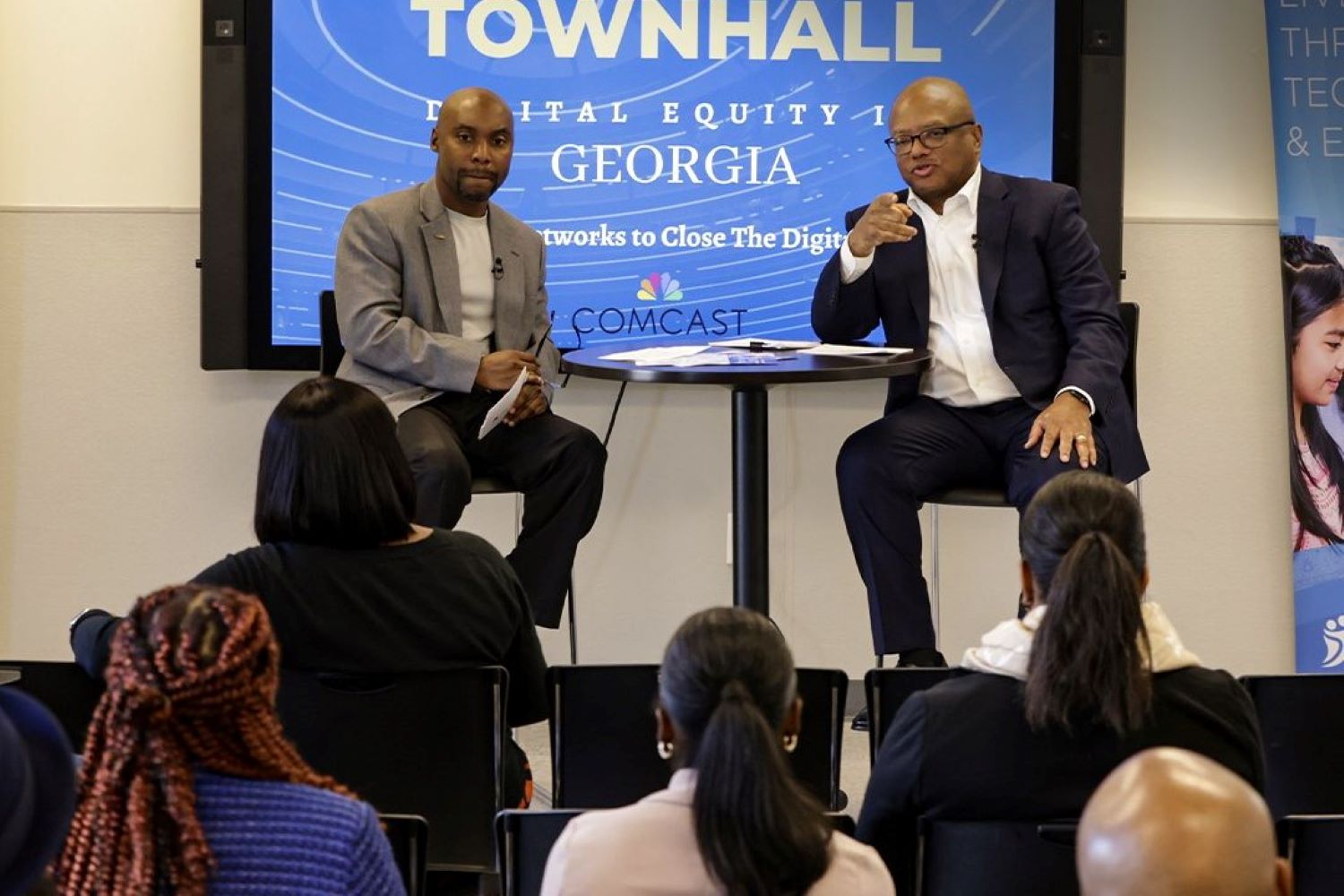
Williams, a trained nursing assistant who was not working at the time she spoke with Ars, was eventually able to get her family free home Internet connection.
However, she encountered various difficulties and said she would have given up if it hadn’t been for David Isenberg, a Falmouth local who has been assisting low-income people in his community with the procedure. Isenberg knew Williams because she had previously worked as a home health aide for Isenberg’s wife’s uncle.
“I would have given up if it wasn’t for David pushing me,” Williams told Ars in a phone interview in November. “It’s such a run-around, and you have to sit and wait on hold. A lot of people don’t have time to sit on the phone for that long and then be told, ‘Well, you don’t qualify.’ If you don’t really know what the service is or how to get it, I would have just believed them, that I didn’t qualify.”
In the same quarter of 2022, cable companies such as Comcast began their operations as contractual monopolies. They received long-term market exclusivity in exchange for constructing the necessary infrastructure in a town or city.
That has changed with cable due to streaming, but for many Americans, Comcast and Charter remain the only realistic options. This has allowed both providers to increase their broadband user base while losing cable subscribers.
Yes, consumers could use phone company-provided DSL or T-Mobile, but both are inferior to high-speed broadband. According to a 2020 evaluation from the Institute for Local Self-Reliance, many Americans basically have no real options.
“At least 49.7 million Americans only have access to broadband from one of the seven largest cable and telephone companies,” the report said. “In total, at least 83.3 million Americans can only access broadband through a single provider”
Comcast also ties its broadband business to its cable business. Customers receive a discount on broadband in exchange for keeping cable, which provides the corporation leverage even as streaming options make it simpler to cut the cord.
In many cases, the existing cable viewership is older or made up of families that want local channels for reasons such as school cancellations. Furthermore, without cable, sports fans cannot enjoy the whole package of National Football League games (as well as some other sports programs).
Cable offers more options than broadband, yet for millions of Americans, cord-cutting is simply not an option.
Because consumers have little genuine choice in this market, businesses like Comcast can boost prices. That is exactly what the corporation does for the majority of its cable subscribers, but it is not being completely honest about it.
Its Sour Seat in the Table
Comcast has made multiple attempts in recent years to improve its customer service. It has made some improvement in terms of making it easier to predict when a service technician will arrive, but it has done little to improve its invoicing approaches.
The corporation continues to conceal its genuine cost by citing a cheap price that, once again, is not the price that anyone pays. Some customers may want to know how their bill is broken down, but such information should be included in the fine print, not in the quoted price.
When you can’t opt out of a cost imposed by the corporation rather than the government, it’s not a fee; it’s the price. That’s something Comcast (and other internet service providers) have avoided expressing in order to deceive customers.
Comcast, of course, blames its partners in a statement obtained by PennLive.
“TV networks and other video programmers continue to raise their prices, with broadcast television and sports being the biggest drivers of increases in customers’ bills,” the company said in a statement.
“We’re continuing to work hard to manage these costs for our customers while investing in our broadband network to provide the best, most reliable Internet service in the country and to give our customers more low-cost choices in video and connectivity so they can find a package that fits their lifestyle and budget. Our national average increase of 3.8% is about half of the most recent rate of inflation.”
That would be accurate if video programming (television channels) were not the real product sold by Comcast in its cable package. This strategy is essentially equivalent to your grocery shop adding required food and beverage costs to the advertised price of each item.
That can’t happen because grocery stores provide options. If you want a full cable package, which many people still do, streaming isn’t an option, therefore you’re stuck paying these fees.



